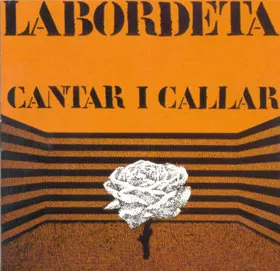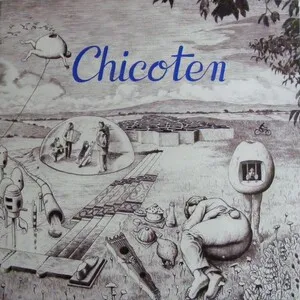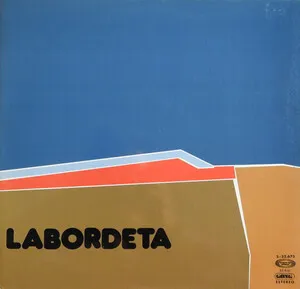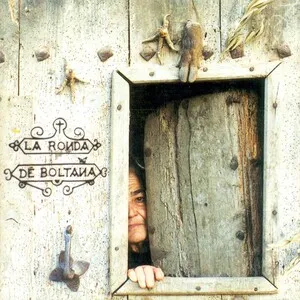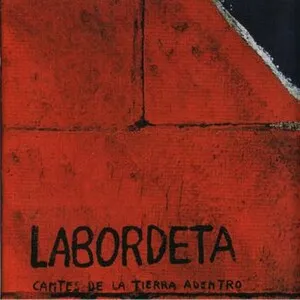Aragonese folk music is the traditional music of Aragón, a region in northeastern Spain, best known for its vigorous jota but also rich in serenades (rondas), dawn songs (albadas), and Pyrenean pipe-and-psaltery tunes. It blends rural dance rhythms, narrative song forms, and a distinctive, full-throated vocal style.
Typical instruments include the gaita de boto (Aragonese bagpipe), dulzaina (shawm), the chiflo (three‑hole pipe) paired with chicotén (psaltery), guitar family instruments (guitar, bandurria, laúd), diatonic accordion, tamboril/bombo, and castanets used by dancers. Melodies are mainly diatonic (often in major or mixolydian), with energetic hemiolas in the jota and lyrical coplas that celebrate love, village life, seasonal cycles, and regional pride—often sung in Spanish and, in some areas, in the Aragonese language.
While the jota aragonesa became a national emblem in the 18th and 19th centuries, local repertoires from the Pyrenees to the Ebro valley preserve diverse meters (3/4, 3/8, 2/4) and forms. Contemporary artists continue to revitalize this heritage, fusing it with jazz, chanson, and folk-rock while keeping its dance and community roots central.
Aragonese folk music draws on medieval and early modern rural traditions, but it crystallized publicly in the 18th and 19th centuries as the jota aragonesa gained visibility in salons, theaters, and civic festivals. Traveling rondallas (string ensembles) and dance troupes helped standardize a virtuosic singing style and dance vocabulary, while luthiers and band leaders codified tunings and ensemble roles.
During the Romantic era, composers across Europe quoted or stylized the jota aragonesa (e.g., in orchestral rhapsodies and piano transcriptions), projecting Aragon’s sound onto international stages. At home, printed collections and competitions—especially those tied to Zaragoza’s Fiestas del Pilar—helped canonize repertory and nurture star singers.
In the early-to-mid 20th century, folklorists and broadcasters documented local variants (albadas, rondas, Pyrenean chiflo y chicotén pieces), while theater companies and rondallas professionalized performance. Iconic vocalists such as José Oto and José Iranzo (“El Pastor de Andorra”) defined performance practice for generations.
From the 1970s onward, Aragón’s contribution to Spain’s folk revival intertwined with nueva canción aragonesa, using traditional forms to address contemporary themes. Ensembles from the Pyrenees and Zaragoza renewed instrumentation (gaita de boto, dulzaina, pipe-and-psaltery) and language (Spanish and Aragonese), while artists like Carmen París introduced jazz and global colors. Today, community rondas and dance groups coexist with innovative studio projects, ensuring continuity and evolution.


